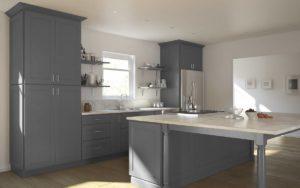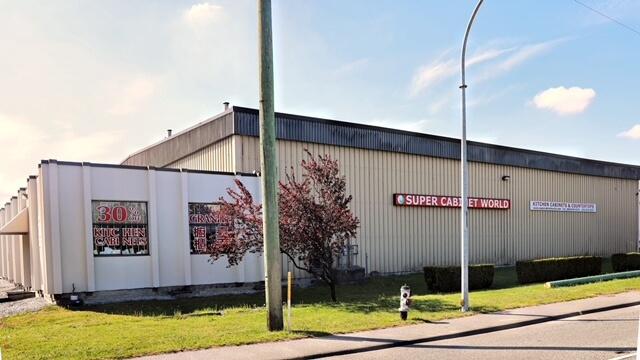The etymology of the phrase “everything but the kitchen sink” probably has to do with the fact that the sink is difficult to move. For instance, if a person absconded with “everything but the kitchen sink,” it means he or she made off with every conceivable portable item. But here is a new way of looking at the term: What if said person didn’t take the hypothetical sink because it was too necessary to the kitchen?
When you think about it, there are very few features in the home that are used as often. And what other home item performs as many different tasks? It could be argued that the selection of a sink is one of the most important kitchen choices you will make — and it’s a decision that will affect your daily life for many years to come. We spoke to designers who belong to the National Kitchen and Bath Association (NKBA) about how to select the right sink.
How Many Basins, and in What Configuration?
1. A large, single sink.
Pros: A single, deep basin means you can easily soak or wash a big pan or prep large quantities of food.
Cons: Rinsing vegetables while soaking a large casserole dish requires a bit of juggling — as does hand washing and rinsing china or stemware.
A certified Master Kitchen and Bath Designer for 30 years, Sharon Flatley has seen the kitchen sink grow wider, deeper and more diverse. “There’s so much more to choose from now,” she says.
These days Flatley, the principal of Flatley & Associates in Dallas, says most of her clients opt for a single, deep basin that is 33 to 36 inches wide and 8 to 10 inches deep. “This kind of sink is very versatile,” she says. “It works whether you cook a lot or not much.”
Flatley says the delicate dance of doing prep work and cleaning duty at the same time can be accomplished with accessories. “Most sink manufacturers offer a wealth of add-ons,” she says, “including rinse baskets that fit nicely in the basin.”
2. Two basins of differing sizes (a 60/40 or offset sink).
Pros: Two basins allow you to perform separate tasks, such as cleaning dishes and preparing food, with ease. A 60/40 sink has one basin that is usually about 18 inches wide and another that is 14 inches wide. The idea is that you can clean up in the large basin and prep in the smaller one. Dual basins also come in handy when you are washing items you don’t want to put in the dishwasher (soap in one basin, rinse water in the other).
Cons: A smaller basin makes it harder to wash and soak large pans.
3. Two basins of equal sizes (a 50/50 sink).
Pros: This is for people who love symmetry in design. It also has the benefit of allowing separate tasks (cleaning, prepping and washing, rinsing).
Cons: That large pan could be soaking on the counter.
4. Three basins (two large ones and one small one with a garbage disposal).
Pros: You can use the garbage disposal independently of the sink.
Cons: In some models, such as this one, you can’t sweep food scraps off the counter and into the disposal (this could be remedied with a cutting board insert). Because it is a wider sink, more space is needed.


